There are no articles in this category. If subcategories display on this page, they may have articles.
Subcategories
Nauru and the blue planet
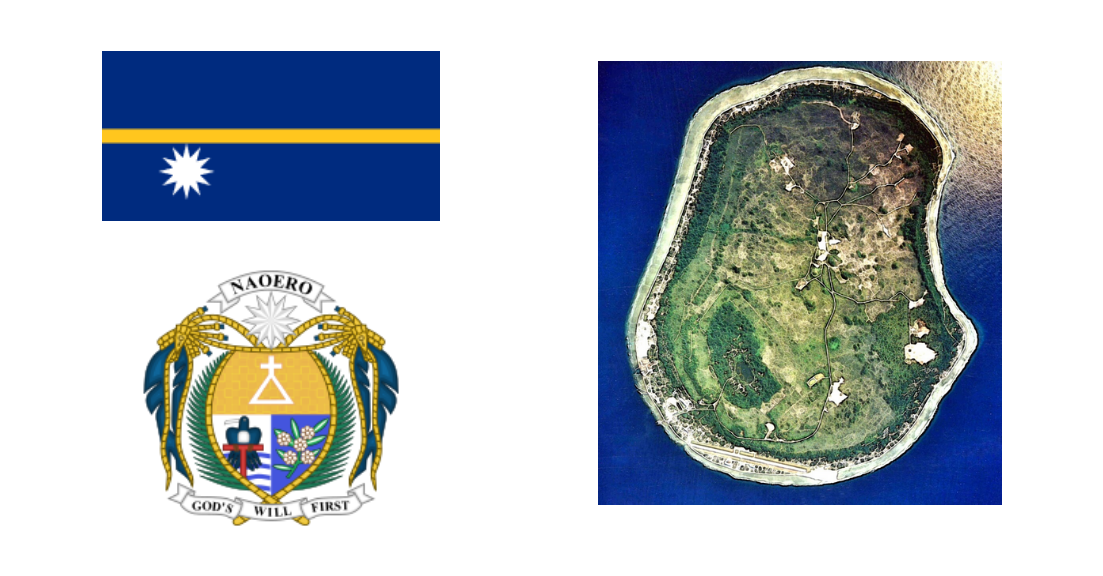
It was while leafing through Les Vieux Fourneaux, a colorful comic strip by Wilfrid Lupano and Paul Cauuet, that I rediscovered the island of Nauru, a 22 km² confetti lost in the middle of the Pacific Ocean whose tragic history could serve as a metaphor for that of our planet.
> Several years earlier, I came - without understanding its significance - upon the late television broadcast of an old black and white documentary devoted to the industrial exploitation of poshosphate on this island.
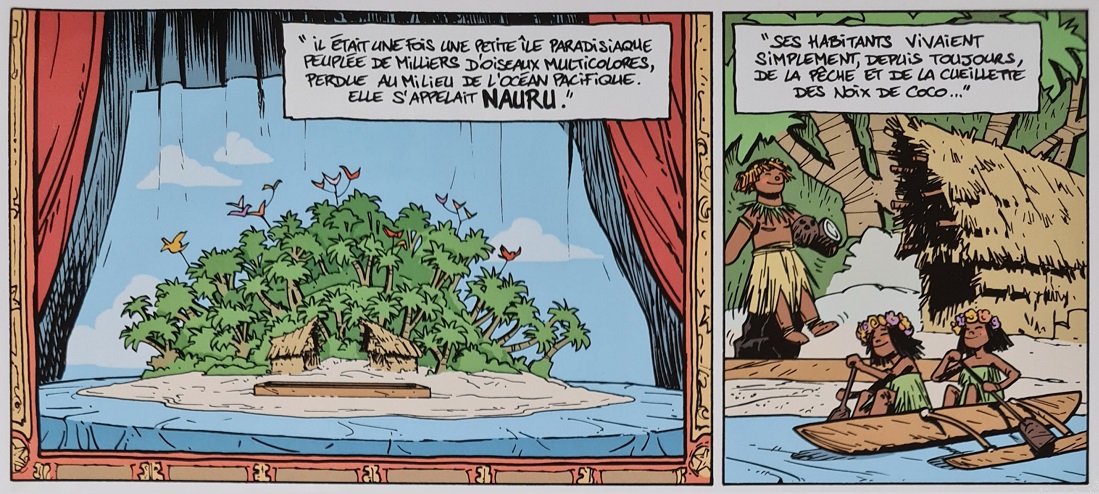 Les Vieux Fourneaux T. 4 : Bonny and Pierrot, drawings 49-52 - Dargaud 2014
Les Vieux Fourneaux T. 4 : Bonny and Pierrot, drawings 49-52 - Dargaud 2014
> Clearly, the decline of this lost paradise could serve as a metaphor for that of our planet and this is the story we wish to share with you.
Belgian Congo, a painful colonial history
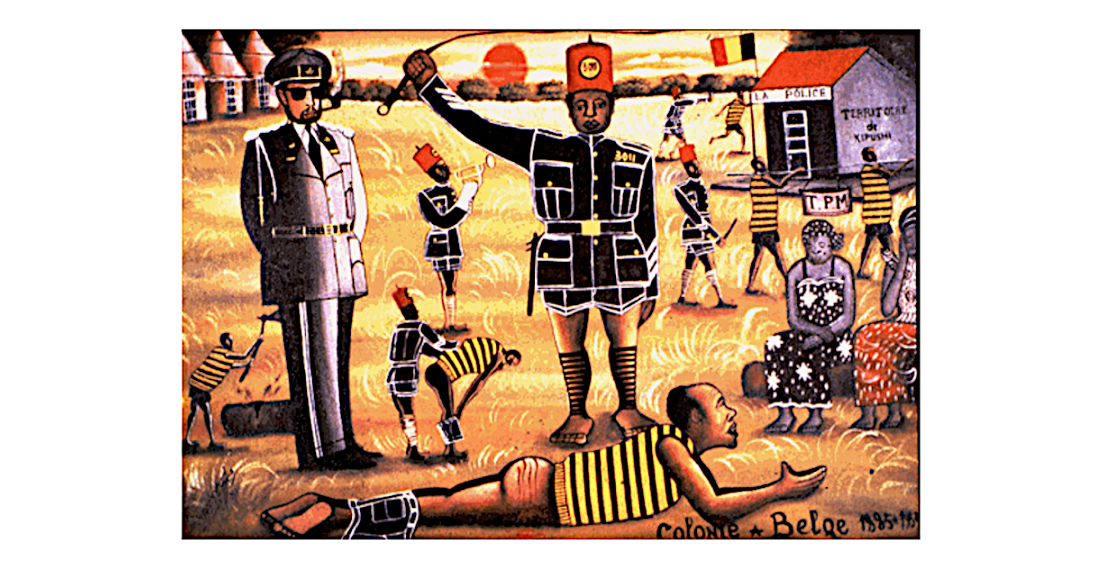
Devoted to the colonization of the Congo Basin by Europeans, this series of articles retraces the different stages which, since the end of the 19th century, led the Democratic Republic of Congo to its independence on June 30, 1960. This long history includes many painful episodes.
> On June 30, 2020, as the Democratic Republic of the Congo celebrates 60 years of independence, King Philippe of Belgium sent a letter to President Félix Tshisekedi, in which he presents his wishes and believes that, in order to "develop a further friendship more fruitful, we must be able to talk to each other about our long common history in all truth and in all serenity".
> This is the opportunity for the unanimous press, to salute the king's effort to denounce "acts of violence and cruelty" during the first period of colonization, under Leopold II (between 1885 and 1908), and "sufferings and humiliations" in the second part. As such, Philippe is the first sovereign to recognize the regime of terror established by his grandfather and to express his "deep regrets".
> As for the "apologies", they could only come from the Belgian nation, the sovereign believes. The Parliament of this country has set up a Commission of Inquiry on Colonization so that a fuller recognition of the responsibility of the country in the crimes of colonization can be established.
The Congo in comics
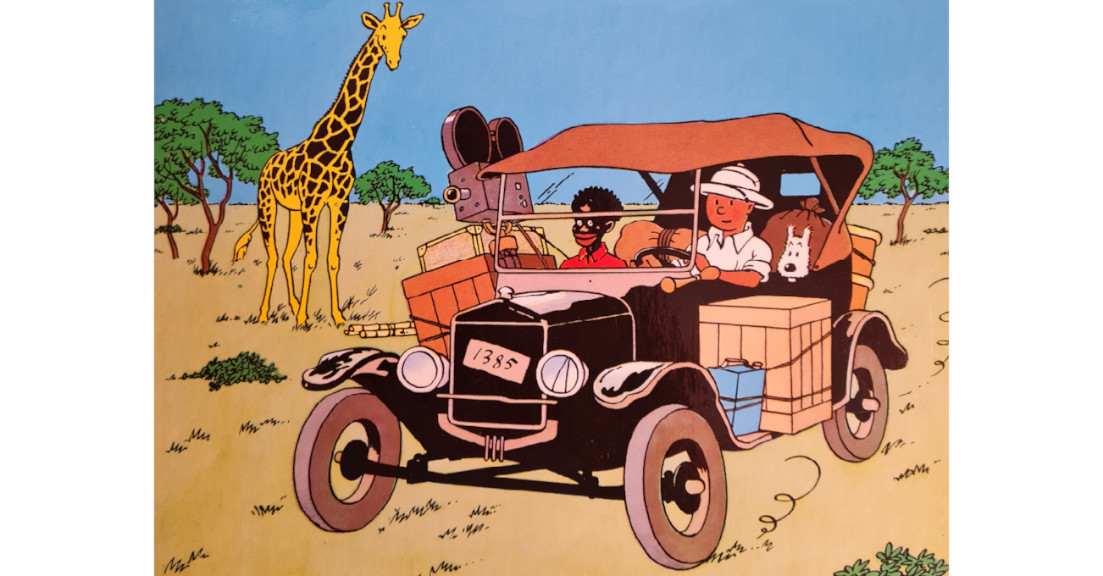
Today, elevated to the rank of 9th art, exploring all sorts of more or less fictional universes, comics have definitely captured the interest of a large adult audience. The publication of highly documented graphic novels in the fields of history, economics or politics is not to be outdone. These subjects also give rise to breathtaking series, each episode of which is awaited by an 'addicted' public.
> The history of this bubbling region, which was successively called the Independent State of Congo (1885-1908), the Belgian Congo (1908-1960), Zaire (1965-1997) and finally the Democratic Republic of Congo (1997 to the present day), has inspired novelists and comic book writers, some of them Belgian, but not always. In 1931, Hergé was one of the pioneers in this field, setting the second adventure of his new hero Tintin in this country. "Tintin in the Congo" is the subject of the first chapter of our series of articles.
> Conversely, the art of comics has given rise to vocations in this former Belgian colony. At the end of the 1970s, Mongo Sisé became the first African cartoonist to do an internship at the Hergé studio. Since then, other talents have emerged, writing the saga of Congolese comics despite their confidential distribution; unfortunately, there are not many publishers on this continent.
> Through these few articles, we aspire to make you want to discover this very colorful and contrasting universe.
The Bonobo, a unique species
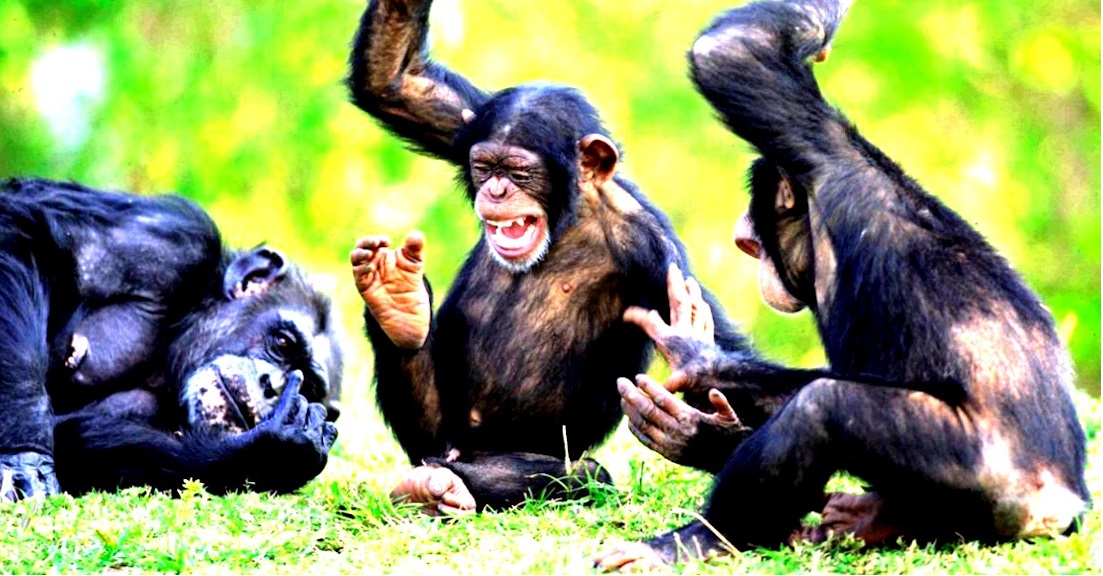
Previously based mainly on morphological similarities, the classification of living beings had to be revised following the discovery of DNA and the possibility of sequencing biological samples. The understanding of the filiation of species over the course of evolution has led to certain corrections.
Thus, it has become clear that the genus Pan, which includes chimpanzees (pan troglodytes) and bonobos (pan paniscus), is the closest to Homo.
> Gifted with significant cognitive capacities, these animals maintain very complex social relations facilitated by a great facial expressiveness that allows them to show their emotions. This proximity to humans, not only genetic but also behavioural, makes them a subject of particular interest in primatology and cognitive ethology.
> The following chapters are therefore devoted to the Bonobo, this species of ape discovered late in the early 20th century in which we are particularly interested.
Portraits of field actors
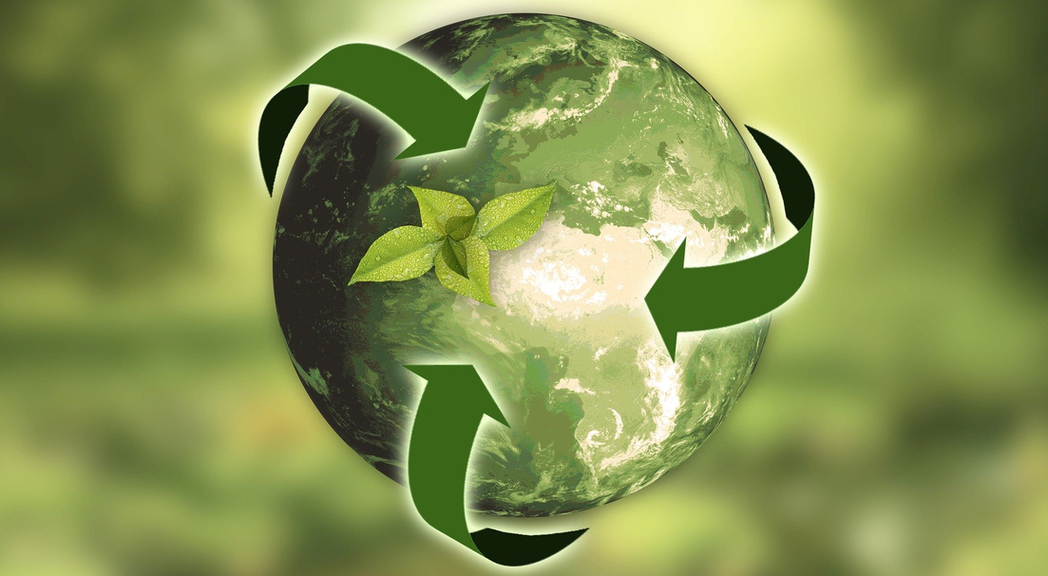
Whether state or non-state, many organizations are involved in managing the ecological heritage of this region of the world. Based on international conventions and treaties, large-scale programs are most often developed under the aegis of major agencies such as the UN, IUCN or WWF and monitored by them. In particular, they have favored and supported the creation of large protected areas such as national parks, reserves, etc.
> Other more local programmes are based on smaller associations or communities whose ambitions are admittedly more limited, but still anchored in the reality of the field. Today, everyone agrees on their importance, as no progress can be made without the indigenous populations being directly involved or even at the origin of this dynamic, which favours the sustainable use of their environment.
> We would like to draw a portrait of these living forces who, despite the difficulties - particularly economic - that burden the country, lead the fight and contribute to the preservation of the Congolese equatorial biosphere.
Food security and sustainable development
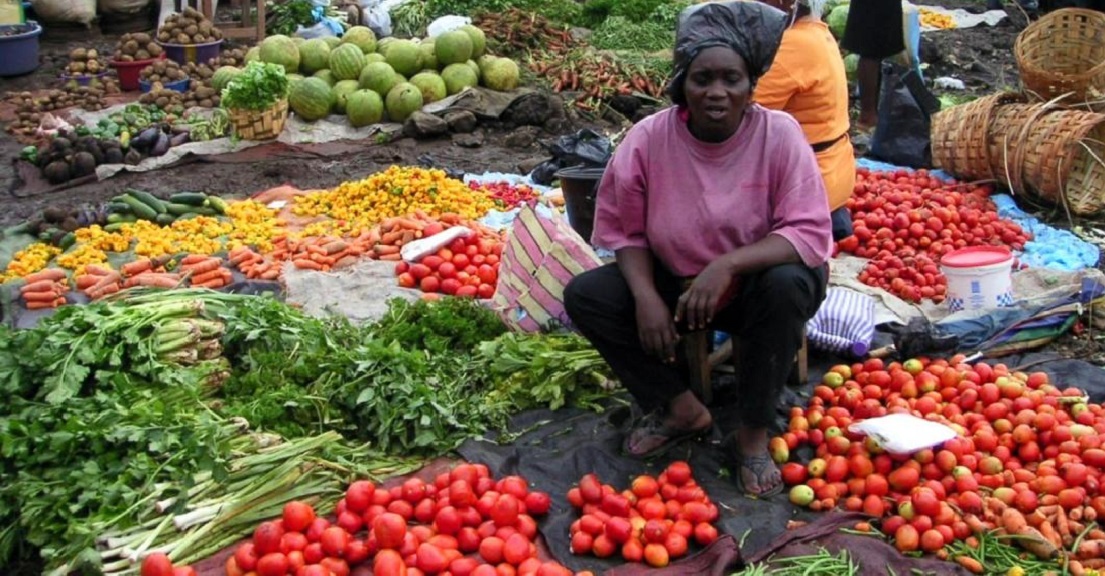
"Consider strong policy options to revive the rural environment is important. The management of agricultural and food issues deserves to be placed at the centre of the government's concerns."
Roger Ntoto, University of Kinshasa
> According to a study published in November 2021 by the Food and Agriculture Organization of the United Nations (FAO) and the World Food Program (WFP), in the Democratic Republic of Congo:

-
about a quarter of the population has been acutely food insecure since September 2021
-
860,000 children and 470,000 pregnant or breastfeeding women will face acute malnutrition in 2022.
> On July 14, 2021, during the launch of the Parliamentary Alliance for Food and Nutrition Security before the DRC National Assembly and its President, Christophe Mboso N'Kodia Pwanga, he said:
“Parliament therefore has a role to play and its action is decisive in terms of the finance law and the passing of laws. The next step is to ensure that food security, the right to food are included or introduced in the Constitution”
This is therefore a national issue clearly identified and singled out.


